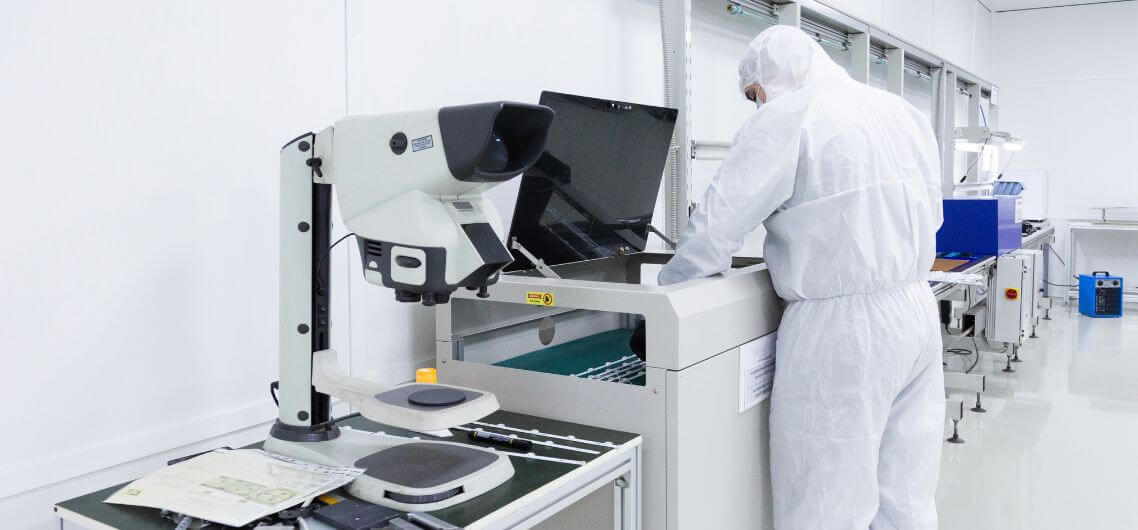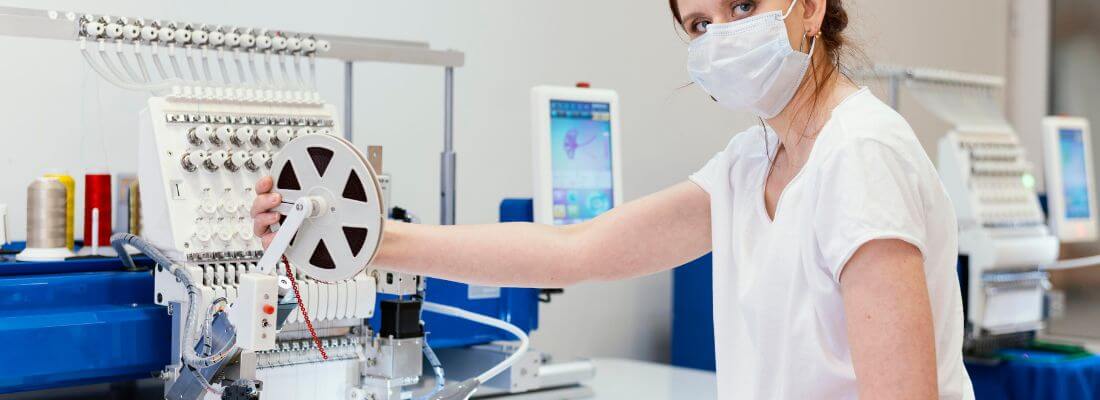What if you could significantly streamline your medical device software’s 510(k) submission? A smooth 510(k) submission can make or break a new medical device, and software compliance is often the most challenging part.
For manufacturers of medical device software, adhering to standards is essential to ensure patient safety and secure market entry. One such pivotal standard is IEC 62304, which serves as a cornerstone for software lifecycle processes in medical devices. This blog post explores the role of IEC 62304 in streamlining 510(k) submissions, highlighting its benefits, key requirements, and practical steps for implementation. With clear insights and actionable advice, this blog aims to educate manufacturers and guide them toward successful regulatory approval.
What is IEC 62304?
IEC 62304 is an internationally recognized standard for the development and maintenance of medical device software. Originally published in 2006, the standard has evolved over time to address emerging technologies and risks. It establishes a structured, risk-based framework that guides manufacturers through every phase of the medical device software lifecycle, from planning and design to testing, validation, and maintenance.
IEC 62304 defines essential software safety classes based on potential risks and offers detailed guidance on documentation and hazard mitigation.
Why is the IEC 62304 Standard Essential for Medical Device Software?
The essential nature of IEC 62304 lies in its comprehensive approach to software safety and risk management. Medical device software plays a vital role in patient care, and any malfunction or error can have severe consequences.
By adhering to this framework, manufacturers can systematically identify potential hazards, evaluate risks, and implement controls that reduce the likelihood of adverse events.
A central aspect of IEC 62304 is its systematic classification of medical device software into three distinct safety classes:
- Class A (where no harm or injury is expected),
- Class B (where injury may occur but is not serious), and
- Class C (where there is a risk of death or serious injury)
This classification determines the specific safety processes required throughout the software’s lifecycle, including development, coding, release, and maintenance.
This proactive approach meets regulatory requirements and builds trust among healthcare professionals and patients. Integrating these practices early in the product development cycle leads to a smoother regulatory review process and a more robust final product.
Understanding the Latest Version of IEC 62304
The most recent updates to IEC 62304 reflect modern software development practices and address the complexities of today’s healthcare technology. The latest version introduces enhancements such as:
- Rigorous Testing Protocols: Strengthening the verification and validation processes to ensure that medical device software functions as intended.
- Enhanced Documentation Requirements: Providing clearer guidelines on maintaining comprehensive records throughout the medical device software lifecycle.
- Expanded Scope for Post-Market Activities: Emphasizing the importance of continuous monitoring, maintenance, and timely updates in response to emerging risks.
Incorporating the latest version of the IEC 62304 standard allows manufacturers to remain competitive and confident in their compliance efforts.
Key IEC 62304 Requirements for Medical Device Software
Manufacturers must address specific IEC 62304 requirements that cover risk management, software design, verification, and maintenance.
For instance, ABC INNOVATIONS developed a wireless patient monitor by integrating automated testing, comprehensive software documentation, and continuous performance tracking. This thorough approach helped them identify potential issues early and take prompt corrective actions. As a result, the monitor met IEC 62304 standards, ensuring its safety and reliability in real clinical settings while also satisfying regulatory requirements.
Adhering to these standards meets regulatory mandates and reinforces the reliability and performance of the final product.
How Does the IEC 62304 Certification Benefit Medical Device Manufacturers?
Achieving IEC 62304 certification can significantly benefit medical device manufacturers by streamlining the path to regulatory approval. Here’s how it helps:
- Global Standards Compliance: Shows adherence to safety and quality benchmarks recognized worldwide for medical device software.
- Saves Time and Resources: Reduces delays and costs linked to fixing errors or addressing regulatory gaps during submissions.
- Boosts Credibility: Enhances a manufacturer’s reputation for delivering safe, high-quality products in competitive markets.
- Operational Improvements: The process of obtaining certification often drives internal process improvements, leading to better overall product quality and reliability.
Aligning IEC 62304 with 510(k) Submission Requirements
Recent developments in regulatory guidance, such as the FDA’s finalized premarket submissions guidance for medical device software functions, have reinforced the importance of a robust software development process. According to KSLaw, the FDA guidance clarifies expectations for software documentation, risk management, and validation, all of which are core elements of IEC 62304. By integrating these regulatory insights into their development processes, manufacturers can enhance both efficiency and compliance.
Steps to Implement IEC 62304 in Medical Device Software Development
Implementing IEC 62304 in developing medical device software involves a series of well-defined steps.
- First, organizations should conduct a comprehensive gap analysis to assess their current processes against the standard’s criteria.
- Next, they must develop a detailed implementation plan that outlines roles, responsibilities, and timelines for achieving compliance.
- Then, continuous monitoring and periodic audits help maintain compliance over time.
By carefully applying these steps, manufacturers can create a reliable development environment that meets regulatory standards and elevates product quality and safety.
Overcoming Challenges with IEC 62304 Compliance
While the benefits of adhering to IEC 62304 are clear, manufacturers may encounter several challenges along the way:
- Resource Constraints: Implementing comprehensive process changes and documentation requirements can be resource-intensive. Allocating adequate resources and planning for incremental implementation can help mitigate this issue.
- Complexity of Compliance: The detailed requirements of IEC 62304 may seem challenging, particularly for organizations with limited experience in regulatory affairs. Consulting expert advisors or investing in targeted training can provide the necessary expertise to navigate these challenges.
- Integration with Existing Processes: Transitioning to a new standard often requires significant changes to established workflows. Effective change management strategies and clear communication are essential to ensure a smooth transition.
- Maintaining Consistency: Ensuring consistent adherence to IEC 62304 requirements across all phases of development demands ongoing vigilance. Regular audits and process reviews can help identify and address any deviations early on.
By anticipating these challenges and adopting proactive strategies, manufacturers can maintain compliance and realize the full benefits of the IEC 62304 standard.
Conclusion
The implementation of IEC 62304 plays a key role in assuring the safety, quality, and regulatory compliance of medical device software. By understanding what this framework entails, adopting its latest developments, and rigorously adhering to its requirements, manufacturers can streamline their 510(k) submissions and reduce time-to-market.
The journey to compliance might be challenging, but with the right strategies and expert guidance, organizations can overcome obstacles and achieve certification. Ultimately, adherence to these standards safeguards patients and enhances the credibility and competitiveness of medical device innovations in today’s healthcare industry.
References







